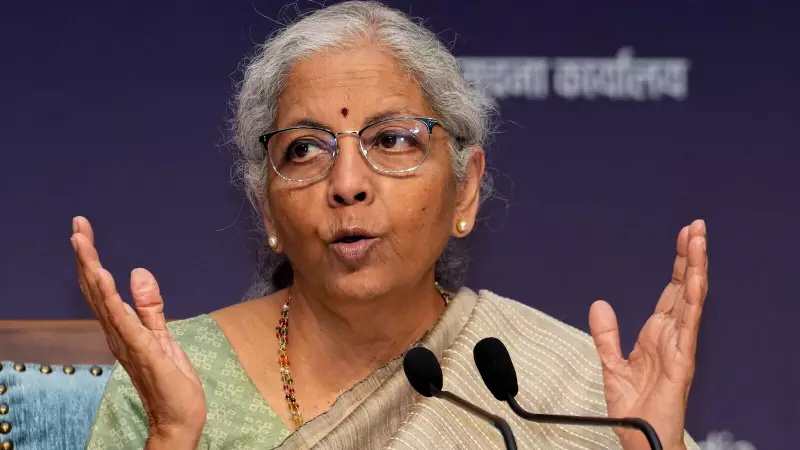
New Delhi: India's fiscal health has come into sharp focus as recent data reveals the central government's fiscal deficit for the first half of the current financial year (April-September 2025-26) has reached a substantial ₹5.73 trillion. This figure represents 36.5% of the full-year budget estimate, signaling important trends in the nation's economic management.
Breaking Down the Numbers
The Controller General of Accounts (CGA) released data showing that while the deficit appears significant, it's important to note that the current percentage of budget estimate utilization is actually lower than the 39.3% recorded during the same period last fiscal year. This suggests some improvement in fiscal management despite the large absolute numbers.
Revenue and Expenditure Patterns
Revenue Collection Highlights:
- Net tax revenues have shown robust performance, reaching ₹11.43 trillion
- This represents 49.5% of the annual budget estimate
- The revenue performance indicates healthy tax collection momentum
Government Spending Analysis:
- Total expenditure stood at ₹21.28 trillion during the six-month period
- This constitutes 40.2% of the full-year budget estimate
- Capital expenditure patterns show strategic allocation towards infrastructure and development projects
What This Means for the Indian Economy
The fiscal deficit numbers come at a crucial time when the Indian economy is navigating global headwinds and domestic priorities. The fact that the deficit as a percentage of budget estimate is lower than last year provides some comfort to policymakers and market observers.
Economists are closely watching these numbers as they indicate the government's ability to stick to its fiscal consolidation roadmap while maintaining growth-oriented spending. The balance between fiscal discipline and economic stimulus remains a key challenge that these numbers help illuminate.
Looking Ahead
With six months still remaining in the financial year, the government has room to maneuver and adjust its fiscal strategy. The coming months will be critical in determining whether India can meet its full-year fiscal deficit target of 4.5% of GDP, a goal that has significant implications for:
- Interest rates and borrowing costs
- Foreign investment flows
- Currency stability
- Overall economic growth prospects
Market participants and policy analysts will be monitoring the next set of fiscal data closely for signs of either improvement or stress in government finances.





